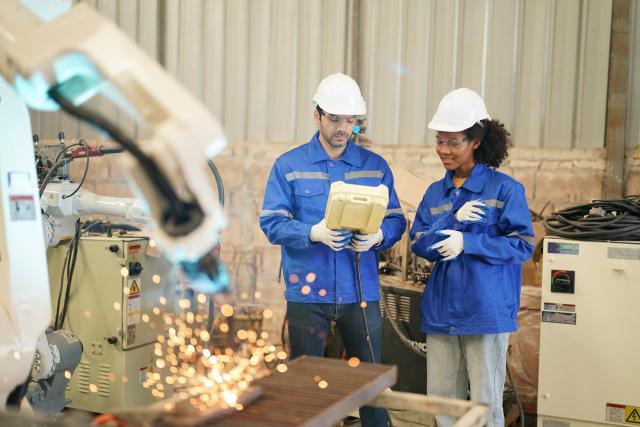
Fluorspar, also referred to as fluorite, is a valuable mineral that contains calcium and fluoride. This naturally occurring mineral finds application in a variety of industries owing to its unique properties.
Fluorspar has a natural tendency to enhance the properties of chemicals and materials. As a result, its importance and adoption are increasing swiftly across the industrial sector. According to Coherent Market Insights, the global fluorspar industry is set to exhibit a CAGR of 4.6% during the forecast period.
Popular grades of fluorspar used in the industrial sector include
- Acid grade fluorspar
- Metallurgical grade fluorspar
- Acid grade fluorspar
What are the Key Applications of Fluorspar in the Industrial Sector?
The industrial uses of fluorspar are expanding. It is being widely used across industries like steelmaking, chemical manufacturing, aluminum production, etc. It helps industries to improve efficiency, product quality, and sustainability. Growing adoption of fluorspar as a flux agent is playing a key role in fostering sales growth.
- Fluorspar in Steelmaking
Fluorspar as a flux agent in steelmaking tops our list. This natural mineral is widely used during steelmaking for removing impurities like sulfur and phosphorus from molten metal. By doing this, it significantly improves the quality and efficiency of steel production.
Fluorspar lowers the melting point of slag, making it easier for workers to remove different impurities. As the demand for high-quality steel continues to rise, so will the need for fluorspar. It is also used in the production of ferroalloys.
- Fluorspar for Aluminum Production
Fluorspar plays a key role in the aluminum industry. It is widely used for producing aluminum fluoride (AlF3), a key component in the electrolytic process of aluminum smelting. AlF3 helps to lower melting point of alumina, thereby reducing energy consumption and overall costs.
- Fluorspar for Chemical Processing
The most prominent use of fluorspar is perhaps in the production of hydrofluoric acid, a key precursor in manufacturing fluorine-based chemicals. Hydrofluoric acid is then used for making pharmaceuticals, plastics, and refrigerants.
- Fluorspar in Cement Manufacturing
Fluorspar is used as a mineralizer in cement production to enhance clinker formation and lower energy consumption. It has the tendency to improve the efficiency of cement kilns and contribute to the production of high-performance cement products.
- Fluorspar in Glass Production and Ceramics Manufacturing
Ceramic-grade fluorspar is used as a flux in glass and ceramics production. It helps to lower melting temperature of raw materials, resulting in improved workability and reduced energy consumption.
Fluorite is especially useful in producing fiberglass, specialty glass, and enamels. This is due to its ability to enhance strength and durability of finished products. Rising demand for advanced ceramics and specialty glass from different industries will eventually inform growth of the fluorspar industry in the coming years.
- Fluorspar in Semiconductors
Fluorspar is also gaining traction in the semiconductor industry. It is used to produce high-purity chemicals and gases essential for semiconductor manufacturing. Thus, an increase in semiconductor production will invariably propel fluorspar.
- Fluorspar in Lithium-ion Batteries
An emerging application of fluorspar is in lithium-ion battery production. Fluorine-based products derived from fluorspar are becoming essential in battery technology. They enhance battery performance and longevity.







